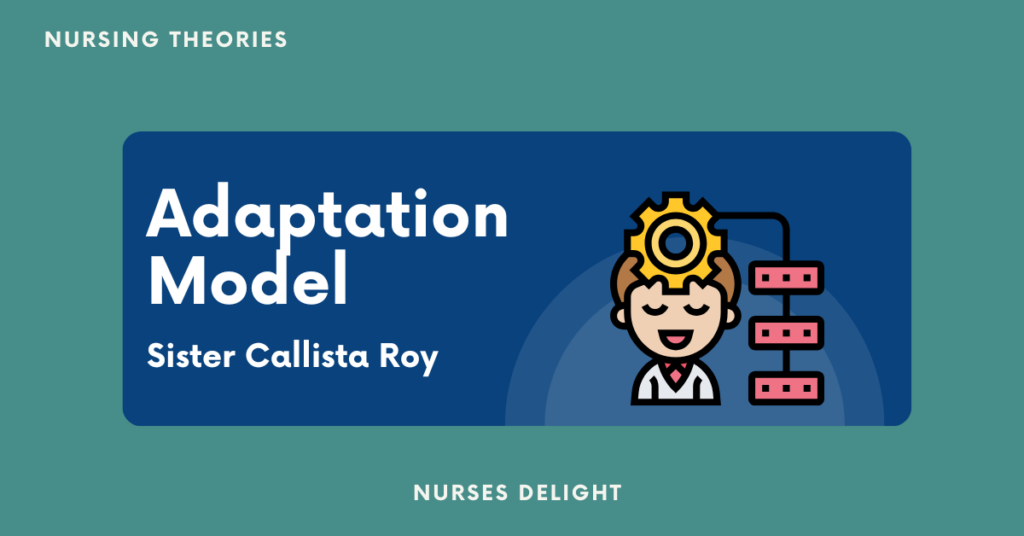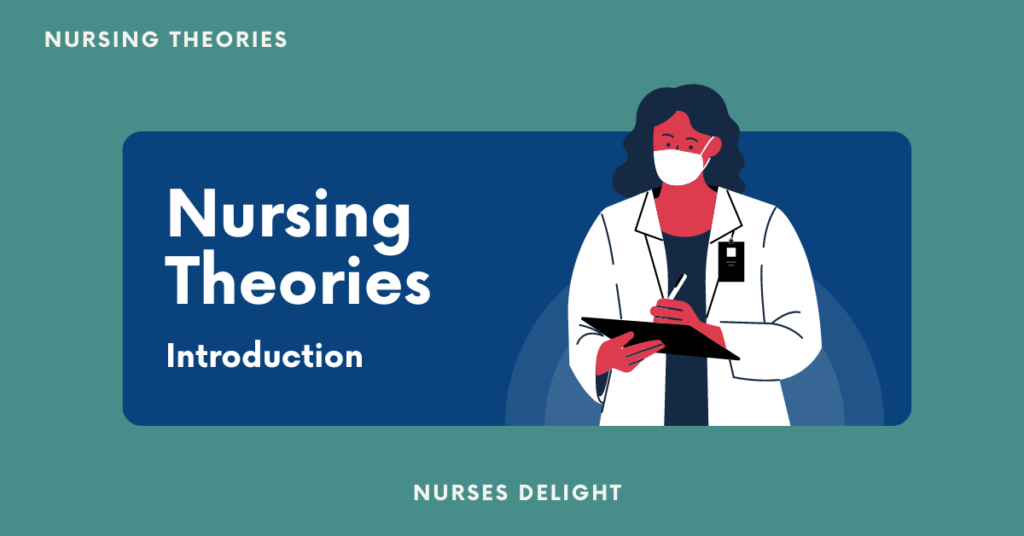Sister Callista Roy’s Adaptation Model is one of nursing’s most important ideas, emphasizing human adaptability and nursing’s role in developing adaptive responses.
This article delves into her life and the fundamental parts of her theoretical framework.
Who is Sister Callista Roy?
Sister Callista Roy was born on October 14, 1939, in Los Angeles, California, to a devout Catholic family. Growing up, she was impacted by her strong faith and sense of purpose, which led her to join the Sisters of St. Joseph of Carondelet.
Roy earned a Bachelor of Science in Nursing from Mount St. Mary’s College in Los Angeles in 1963. She continued her studies by receiving a Master’s degree in Pediatric Nursing from the University of California, Los Angeles (UCLA) in 1966, followed by a second Master’s degree and a PhD in Sociology from UCLA. Her interdisciplinary education influenced the holistic viewpoint that supports her Adaptation Model.
Roy began her work as a pediatric nurse, where she witnessed children’s incredible capacity to adapt to physical and psychological problems. This discovery piqued her curiosity in creating a theoretical model based on adaptability.
She eventually became a faculty member at Mount St. Mary’s College, where she presented her Adaptation Model in 1970. Roy has written numerous books and articles, and her creative approach continues to inspire nurses around the world.
Description of the Adaptation Model
The Roy Adaptation Model (RAM) sees humans as comprehensive adaptive systems. The model depicts how people adapt to environmental changes, which is critical for sustaining their health and well-being.
Key Features of the Model
- Human Adaptive Systems: Roy viewed humans as adaptable systems that include physiological, psychological, and social components. Adaptation occurs through conscious and unconscious processes.
- Stimuli: Stimuli are categorized into three types:
o Focal Stimuli: Immediate factors requiring attention (e.g., illness).
o Contextual Stimuli: Environmental factors influencing the focal stimuli (e.g., family support).
o Residual Stimuli: Unknown or unclear factors affecting the situation. - Modes of Adaptation:
Adaptation occurs in four modes:
o Physiological-Physical Mode: Addresses bodily functions and basic needs.
o Self-Concept-Group Identity Mode: Focuses on self-perception and group relationships.
o Role Function Mode: Pertains to fulfilling roles in society.
o Interdependence Mode: Involves relationships and support systems. - Goal of Nursing:
The ultimate goal of nursing is to promote adaptation in these four modes to enhance health and quality of life.
Major Assumptions
- Philosophical Assumption
o Humans are holistic beings constantly interacting with their environment.
o Adaptation is a positive response to change and is necessary for survival. - Scientific Assumptions:
o Effective adaptation requires energy and is influenced by internal and external factors.
o Nursing interventions can promote adaptive responses and reduce ineffective ones. - Cultural Assumptions:
o Cultural and social factors significantly influence adaptation.
Major Concepts
- Adaptation:
The process of adjusting to environmental stimuli to maintain health. - Stimuli:
The internal and external factors triggering responses. - Coping Mechanisms:
o Regulator Subsystem: Automatic physiological responses to stimuli (e.g., sweating).
o Cognator Subsystem: Cognitive and emotional responses to stimuli (e.g., problem-solving). - Adaptive Responses:
Responses that promote survival, growth, and well-being. - Ineffective Responses:
Maladaptive behaviors that hinder health and well-being.
Strengths and Weaknesses
Strengths
Holistic Approach: The model considers physiological, psychological, and social aspects, promoting comprehensive care.
Versatility: It is applicable across various nursing specialties, including acute care, rehabilitation, and community health.
Focus on Adaptation: Encourages proactive measures to foster positive patient outcomes.
Weaknesses
Time-Intensive: Thorough assessment and application of the model require significant time and resources.
Complexity: The model’s broad scope and multiple components can be challenging to implement in fast-paced clinical settings.
Abstract Nature: Some concepts, such as residual stimuli, are difficult to measure or quantify.
Application in Nursing
- Acute Care Settings:
Nurses assess stimuli and responses to develop interventions that promote adaptation during critical health events. - Chronic Illness Management:
The model is used to help patients adapt to long-term conditions, such as diabetes or arthritis, by addressing physical and emotional needs. - Mental Health Nursing:
Nurses use the model to foster self-concept and role adaptation among patients with psychological disorders. - Community and Public Health:
Focuses on interdependence and role function in families and communities, promoting collective well-being. - Pediatric Nursing:
Helps children and families adapt to changes due to illness or developmental challenges.
Conclusion
Sister Callista Roy’s Adaptation Model offers a solid foundation for understanding and fostering human adaptation in health and illness. Its emphasis on holistic care and proactive nursing interventions is consistent with the ideals of modern nursing.
Despite its complexities, the model’s capabilities in promoting tailored, adaptable care make it a significant resource for nursing practice, research, and education. Roy’s work continues to motivate nurses to see their patients as living systems capable of growth and resilience.



